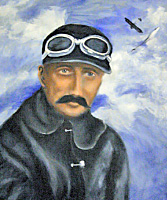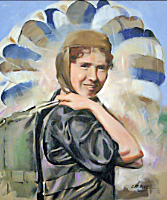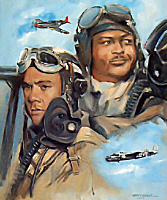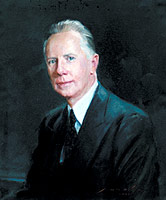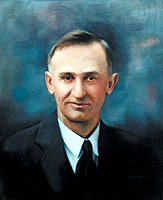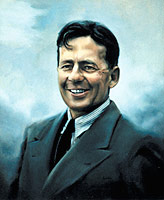Tony Jannus
Inducted in 2006
World’s first airline pilot
1889 – 1916
Anthony Habersack Jannus was born in 1889 in Washington, DC. Tony Jannus was just twenty-one years old when he taught himself to fly and soloed in a Rexford Smith biplane at College Park, Maryland. Quickly becoming a skilled aviator, Jannus moved to St. Louis in 1911 to serve as the chief pilot for the Benoist Aircraft Company.
On March 1, 1912, Jannus and his passenger, Albert Berry, did something that had never been done. Although Berry was a parachutist, experienced in jumping from balloons, no one had ever jumped from a moving airplane. With Jannus at the controls, Berry dropped from the airplane at an altitude of fifteen hundred feet. His history-making jump was perfect. Later that year Jannus received worldwide newspaper coverage for his record-setting, 1,973-mile flight from Omaha, Nebraska, to New Orleans, Louisiana. In the process, the flight provided thousands of people […]


